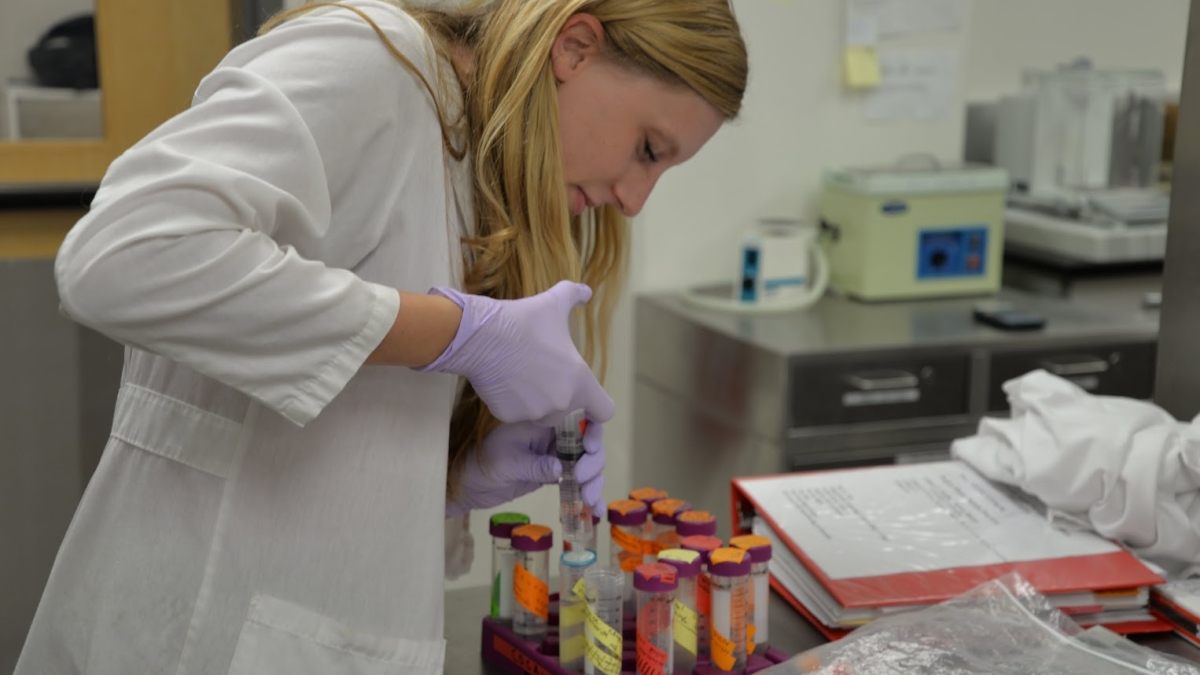Creating a treatment for cocaine addiction

Unlike other drug addictions, there are no pharmacological treatments for cocaine dependence. According to Arizona State University School of Life Sciences professor Janet Neisewander, it’s because cocaine addiction is tricky.
“Cocaine produces its psychoactive effects by increasing the levels of brain chemicals that serve as messengers from one neuron to another,” Neisewander said. “While much attention has been given to one of these chemicals, dopamine, attempts to develop treatments have not been successful due to dangerous side effects.”
However, thanks to a $1.7 million grant renewal from the National Institute on Drug Abuse (NIDA), Neisewander and her team will continue searching for a safe treatment for cocaine addiction. Instead of focusing on dopamine, Neisewander has been looking at one of the other neurological messengers: serotonin. The chemical affects mood, motivation and a number of psychiatric disorders, such as addiction, and Neisewander’s research has shown it may play a key role in treating cocaine dependence.
Using animal models, Neisewander and her research team first found success with serotonin during an experiment where the animals self-administered cocaine. When the researchers used an experimental drug to stimulate a particular receptor in the brain, the self-administration rate decreased.
“It’s not clear why this happens, but these findings are exciting because they suggest these drugs may be useful for decreasing cocaine cravings,” Neisewander said.
Regardless of the possibilities, Neisewander’s team is trying to nail down a definitive answer. To do so, the scientists are exploring numerous research avenues.
One effort is a collaboration with doctor Jie Wu at the Barrow Neurological Institute, the world’s largest neurological disease treatment and research institution. Together, Neisewander and Wu are studying the electrophysiological effects of the experimental drug on neurons in the part of the brain where serotonin moderates reward learning and motivation.
There are also experiments conducted by graduate neuroscience students Taleen Der-Ghazarian and Raul Garcia. Der-Ghazarian’s dissertation research will test the Neisewander team’s hypothesis that the serotonin receptor stimulant is reducing activity of addiction-causing neurons.
Garcia, on the other hand, is examining whether the positive effects observed in the animal experiment persist with the long-term administration of the treatment, and whether it works with other addictive drugs, such as methamphetamine.
With the support of NIDA and her fellow researchers, Neisewander said she hopes her team’s discoveries translate to the development of new treatments for cocaine dependence.